While noted for their historical charm and timekeeping abilities, some of Montreal’s clocks are reputed to be haunted. Most of Montreal’s haunted clocks are located on St. James Street, an area associated with the extreme desecration of French colonial cemeteries by various financial corporations.
Welcome to the sixty-fourth installment of the Haunted Montreal Blog!
With over 400 documented ghost stories, Montreal is easily the most haunted city in Canada, if not all of North America. Haunted Montreal dedicates itself to researching these paranormal tales, and the Haunted Montreal Blog unveils a newly researched Montreal ghost story on the 13th of every month!

This service is free and you can sign up to our mailing list (top, right-hand corner for desktops and at the bottom for mobile devices) if you wish to receive it every month on the 13th!
We are also thrilled to announce:
Christmas Ghost Stories A Victorian Era Tradition!

This virtual storytelling session ressurrects the Victorian tradition of telling ghost stories during Christmas-time.
Go back in time to Montreal’s Victorian Era when creepy tales were told at night around the hearth with a glass of mulled wine.

This online holiday experience is ideal for:
- Office or business Christmas parties
- Virtual gatherings of family or friends
- Romantic Dates
- As holiday gifts
Both public and private sessions are available! Details here. More information is below in our Company News section!
Please spread the word to those who might be interested in a Victorian Era holiday experience!
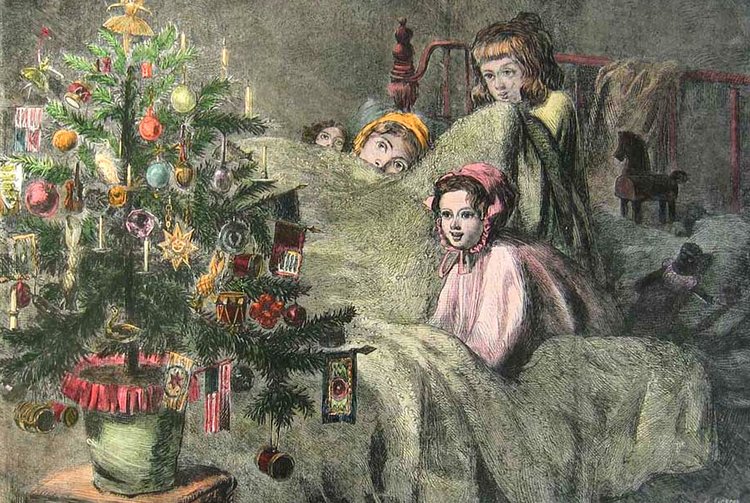
This month we examine Montreal’s haunted sewer system. Beneath the city lies a network of pipes encompassing a combined distance of over 5,000 kilometers. With some sections dating back to 1832, this vast network of sewers has witnessed deadly accidents, including children falling through open manholes to their watery graves. Today, this extensive underground labyrinth of pipes and flowing sewage is said to be haunted by several ghosts.
Haunted Research
Workers began constructing Montreal’s first sewer in 1832 after health officials became alarmed. With a cholera epidemic in full swing, the medical theory at the time was that polluted creeks could produce miasmas, or noxious gasses and odors, which could spread diseases.
Local residents had long been throwing trash and dumping human effluent into a flowing creek called the Little Saint-Pierre River in what is today Old Montreal.
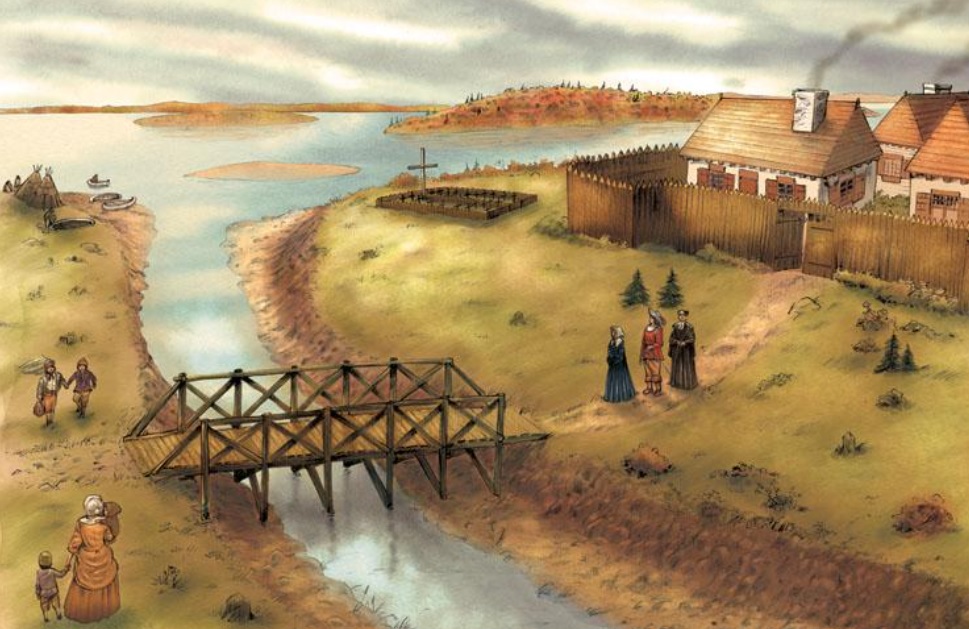
It had become an open sewer and the stench got worse every year.
A massive sewer called the William Collector was constructed to contain the flow of the old creek. Considered a majestic feat of engineering at the time, the sewer began operating after 6 years of construction.
Workers also began constructing Saint-Anne’s Market above the collector in 1832 as a market place an auction house.
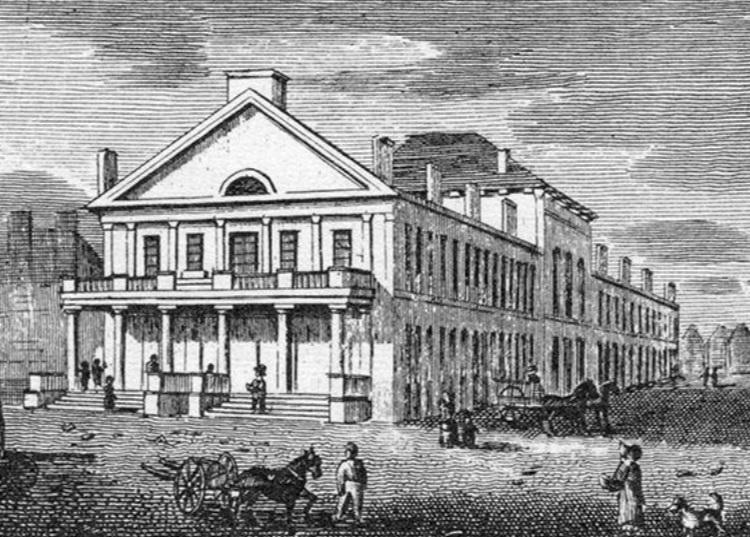
Surrounded by around 60 merchant stalls, it was a bustling and convenient place to purchase fresh produce.
A baker provided freshly baked bread. Farmers supplied vegetables like turnips, carrots, cabbage and potatoes. A fishmonger had a wide variety of fishes and eels on sale and a butcher plucked turkeys and chickens, before slicing them into cuts of meat, along with cows, pigs, deer, rabbits and other wild animals.
Conveniently, the market stalls had chutes that went directly into the collector so merchants could dispose of their waste very easily. To manage the stench, hatches were included in the design of the waste-disposal chutes.

According to a French-Canadian legend, the William Collector is haunted. The legend has it that a vagabond named Cossette drowned in the collector after a mishap at the old Saint-Ann’s Market.
It was recently decommissioned as a sewer, drained, refurbished and incorporated into the Pointe-à-Callière Archaeology Museum. Called the Memory Collector, it is now a permanent multi-media installation.
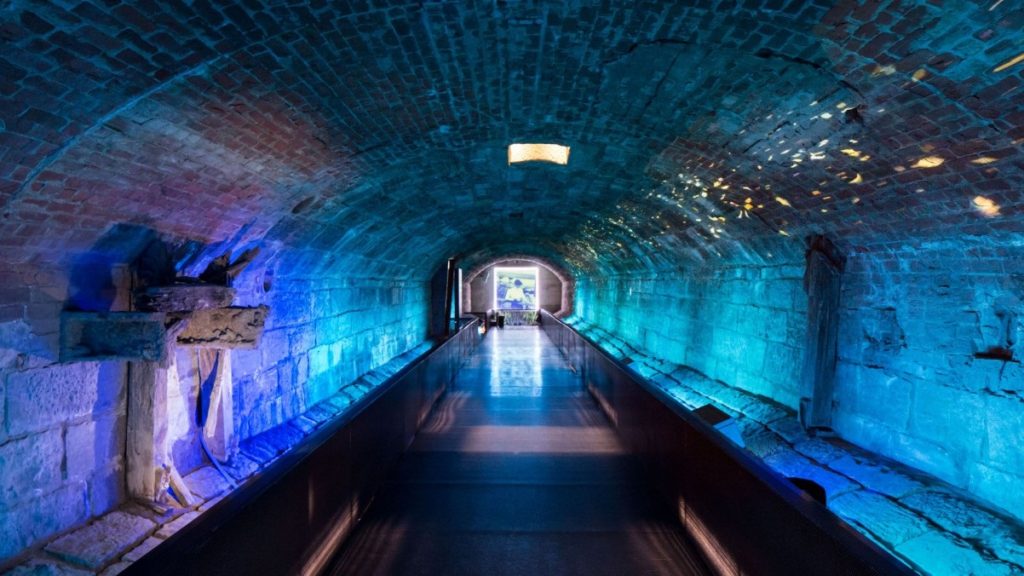
There are reports of strange moaning noises and metallic clanging within the old sewer. Security guards have claimed the noises usually start around 9 p.m. and can last throughout the night.
The best theory about why the collector is haunted takes us back to Christmas Day during 1840.
Cossette was panhandling on this festive day outside Saint Ann’s Market.

He was hoping to earn a few coins or donations of food so that he might enjoy a nice Christmas dinner.
Unfortunately, most people ignored him and did not give him a penny. At one point, he was standing outside of the butcher’s shop peering through the window.
He observed all of the cuts of meat hanging from hooks, freshly plucked turkeys and endless sausage links.
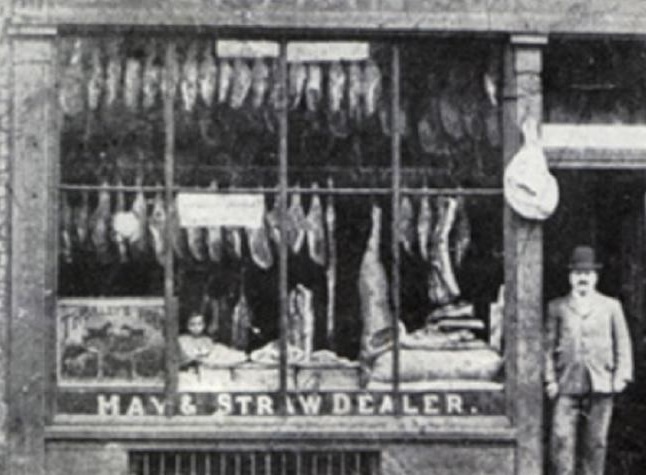
He began to drool as he imagined eating such wonderful meats for his Christmas dinner.
Suddenly, the butcher emerged with a large container of meat scraps and walked towards the hatch to dump it into the collector.
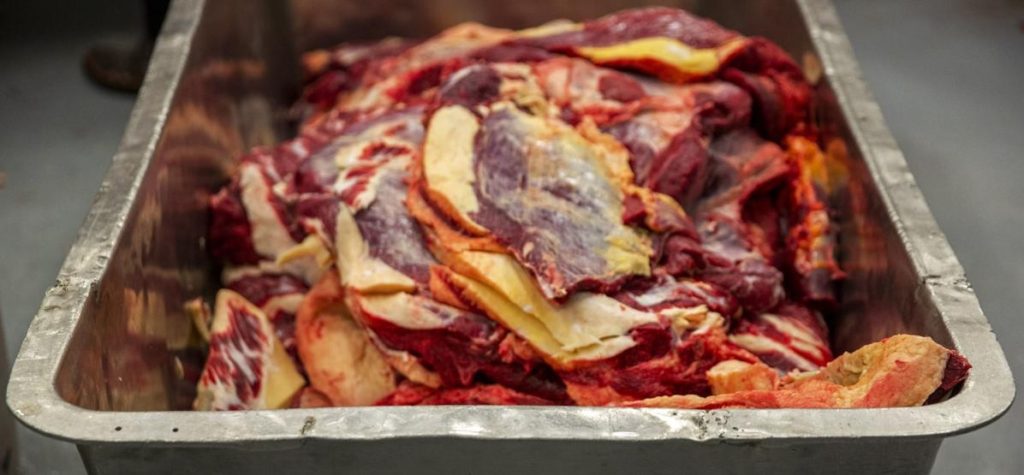
Cossette intervened and asked the butcher if he could have the leftover scraps as a Christmas gift.
“Get out of here, you vagabond,” yelled the butcher, “We don’t need your type around here, especially on Christmas Day! If you don’t leave I will call for the police – or better yet, I’ll get my carving knife and make quick work of you!”
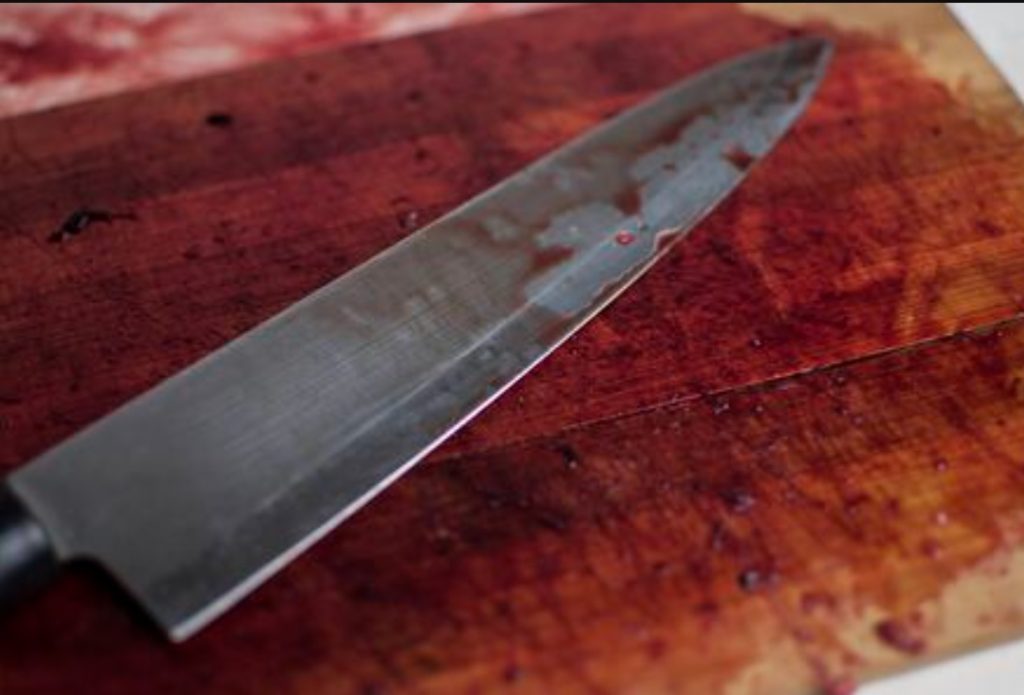
Feeling angry and dejected, Cossette escaped into an alleyway. Peeking around the corner, he watched the butcher open the hatch and toss the leftover meat trimmings into the chute.
As his empty stomach growled, Cossette hatched a plan to return after the market had closed to try and recover some of the scraps of meat to make himself a meal.
At around 9 p.m., when the market was closed, he crept up to the butcher’s stall and opened the hatch. To his delight, he saw bits of fat, unwanted organs and other leftover meat scraps in the chute, which had not slid all the way into the collector yet.

He put one foot over the hatch and then the other. He used one hand to hold on to the hatch’s edge, and the other to collect scraps of meat from the putrid and slimy chute. Drooling, he shoved these bits of bloody meat into his pockets.
Soon, he was ready to exit the chute, his pockets bulging with his gruesome Christmas dinner.
However, as he tried to pull himself out, a dog appeared, no doubt due to the smell of the meat.
Suddenly, the dog barked – WOOF!
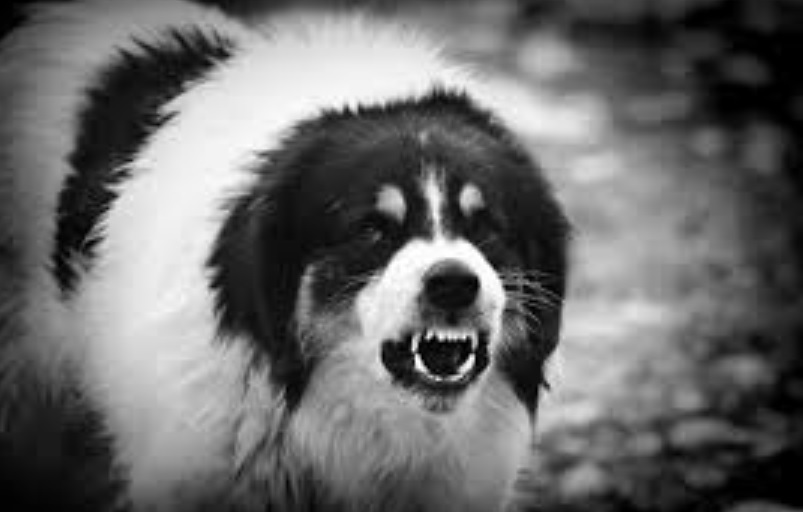
Startled, Cossette lost his grip on the hatch and slipped. He went tumbling down the greasy chute and into the filthy waters flowing through the William Collector. The hatch above slammed into place, plunging the sewer into total darkness.
Cossette was in pain. He had broken his leg along with a few ribs. He began to scream in pain, half submerged in the horrible, icy sewage.

“Help! I am in the collector! Please, someone, help me!” he yelled at the top of his lungs. He yelled all night long and passed out in the morning.
Unfortunately, nobody heard his cries for help.
Over the following week, the stench arising through the hatches at Saint Ann’s Market got worse and worse. It was putrefying and soon became unbearable.

Because the sickening odors were driving away the market’s clients, a brave merchant descended into the William Collector to see what the problem was.
As he waded through the filthy and slushy waters, he came upon the bloated corpse of Cossette, floating among pieces of ice, scraps of soggy bread, vegetable shavings and bits of meat. His body bobbed up and down against a rusty metal gate, which had prevented him from escaping by being flushed out into the river.
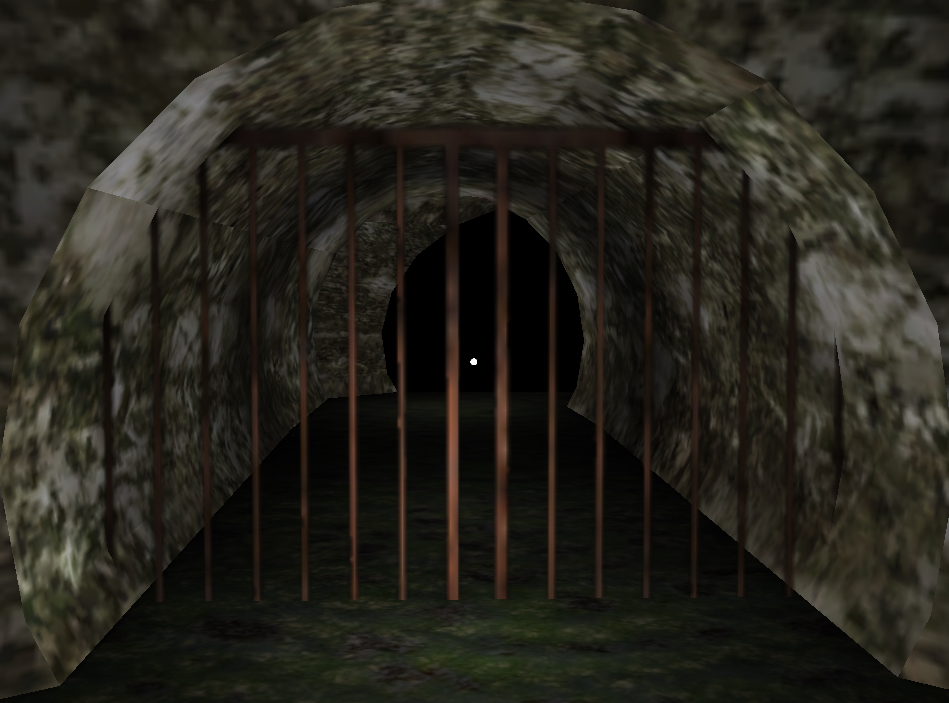
According to the legend, the spirit of Cossette the Vagabond haunts the William Collector to this very day.
Another part of the sewer system known to be haunted is located on René-Lévesque Boulevard near the corner of Papineau Avenue.
Known as the “Screaming Sewer”, it is perhaps the most disturbing part of the entire network.

Sometimes when it rains or snows, a terrified screaming noise can be heard coming from below a manhole on the north side of the boulevard. On many occasions citizens thought someone was trapped in the sewer, but each time officials checked they did not find anything unusual.
A long-held oral tradition in the neighborhood is that the sewer is haunted by the spirit of a 7-year old boy named Douglas Dillon. Duggie, as he was nicknamed, lived on the corner with his parents and nine siblings during the 1920s.

Over the Christmas holidays in 1924, one of Dugie’s siblings contracted German measles, so the children were kept at home when the schools re-opened on January 5th, 1925.
Dugie kept himself occupied as best as he could and part of his routine was to visit his favorite animal – a neighbor’s billy goat.
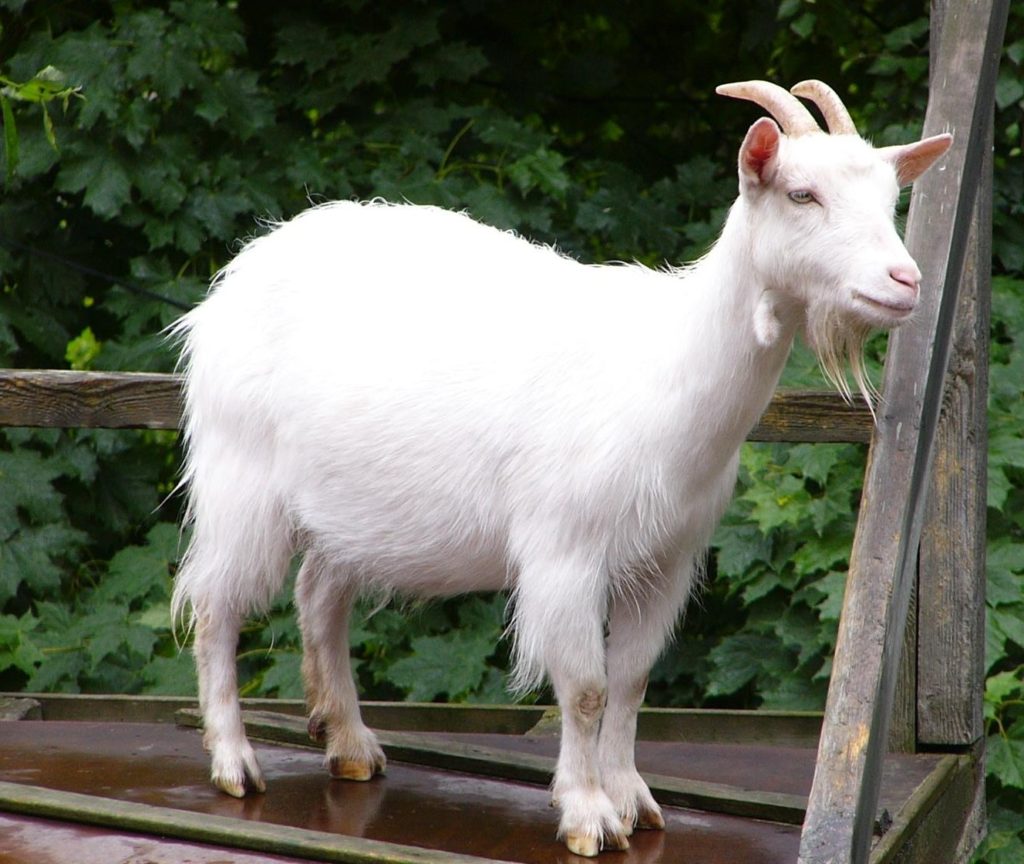
He did so in the terrible weather, a mix of rain and snow, on this particular Monday morning.
As Dugie was petting the beloved billy goat, he spotted a hay wagon rolling down the boulevard. He would often chase these wagons to snatch bits of hay to feed the horned beast.
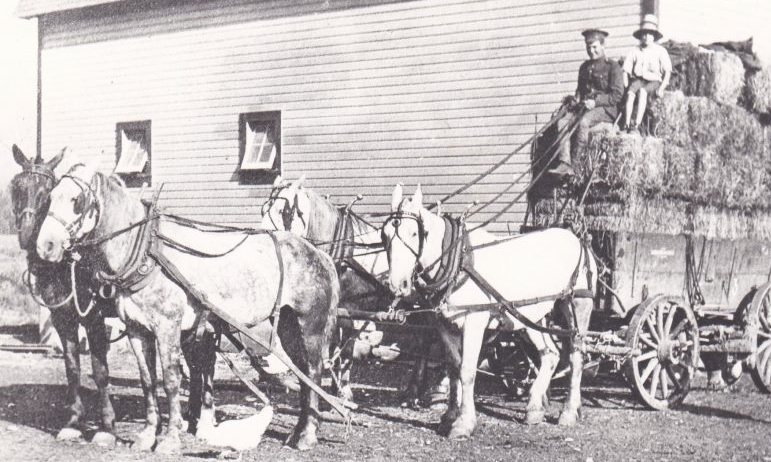
He began running after the wagon and managed to grab a few pieces of hay when suddenly, at 11:20 a.m., he disappeared from sight.
Dugie had fallen through an open manhole and into the icy, churning waters flowing through the sewer. He began to scream.
Workers had opened the manhole several hours earlier to dump snow into it, but failed to secure the site properly. Instead of replacing the manhole cover, they placed two bars, 11 inches apart, to prevent people falling in.

Unfortunately, this was not wide enough to prevent Dugie’s fall.
A worker ran over to try and save the boy. He lowered a rope, but Dugie had unfortunately been swept away by the 16-kilometer-per-hour currents.
About 20 minutes later, a sewer outflow pipe near Pie IX Street spat his lifeless body into the icy river. Dugie’s bloated corpse was recovered later that afternoon.
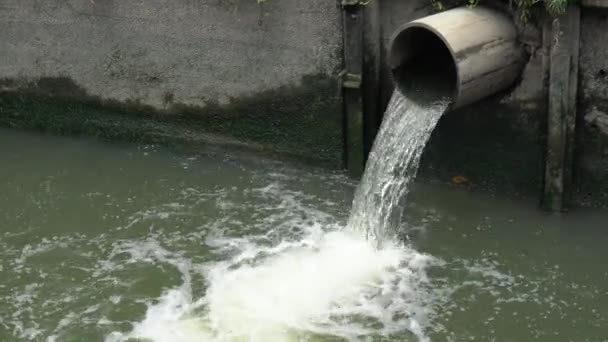
In another case, a 5-year old girl named Lily Manning fell through an open manhole in March, 1921. She had been crossing St. James Street near the Saint Antoine market with her mother and younger brother when the accident happened.
Like Dugie, Lily Manning drowned in the sewer pipes and was likely discharged into the river.

Despite the best efforts of city workers to rescue her, Lily Manning’s body was never found.
To highlight how dangerous Montreal’s sewer system is, the Montreal Gazette sent a journalist and photographer in May, 1970 to investigate. On May 15th, the newspaper, published an article about the sewers entitled: “Fall in and you’ll be shot under the city like a cannonball…”
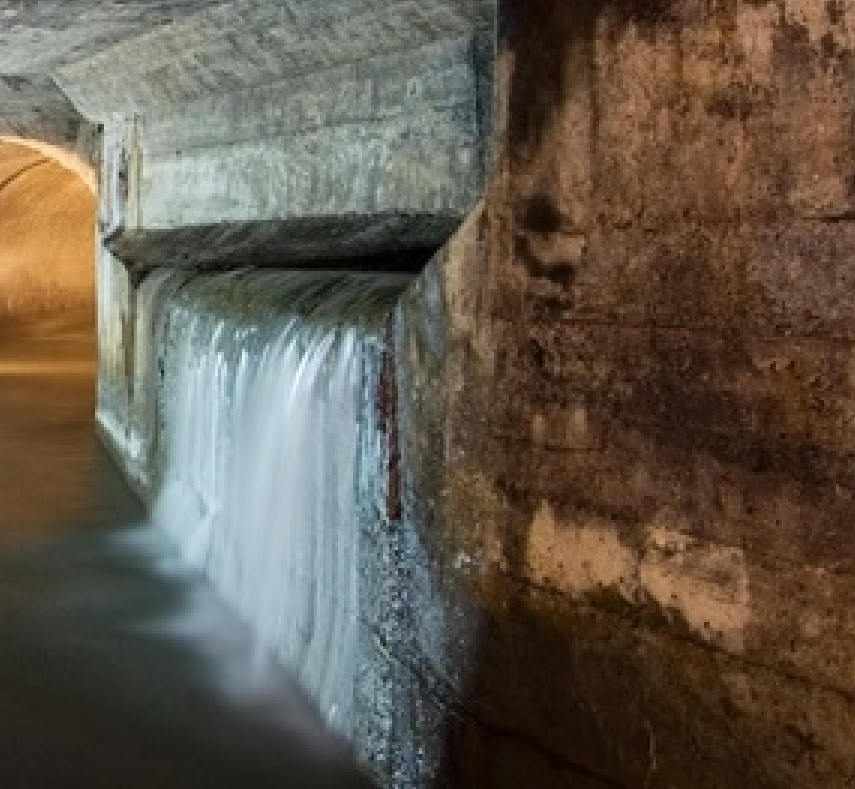
Journalist Brian Stewart wrote:
“Wild cats, swarms of rats, blinding fogs, and a dozen ways to meet the most horrible end imaginable, that’s life in a Montreal sewer. The moment the manhole cover is pulled back, the visitor is hit by a grotesque cascade of psychological horrors. It’s all there, everything that ever startled you awake at night in cold panic. Take your pick. Fear of heights and of the dark, claustrophobia, aquaphobia, obsessions with being entombed alives, terror of rats, isolation, suffocation.”

The terrifying experience of entering a Montreal sewer reduced the journalist, in his own words, into “a pathetic and blubbering shell.”
There is also Montreal’s so-called “Smell of Death Sewer”. Located on St-Urbain Street near the Institut de Recherches Cliniques de Montréal (IRCM), for years Montrealers have been puzzled by the disgusting olfactory experience, which occurs on a regular basis.
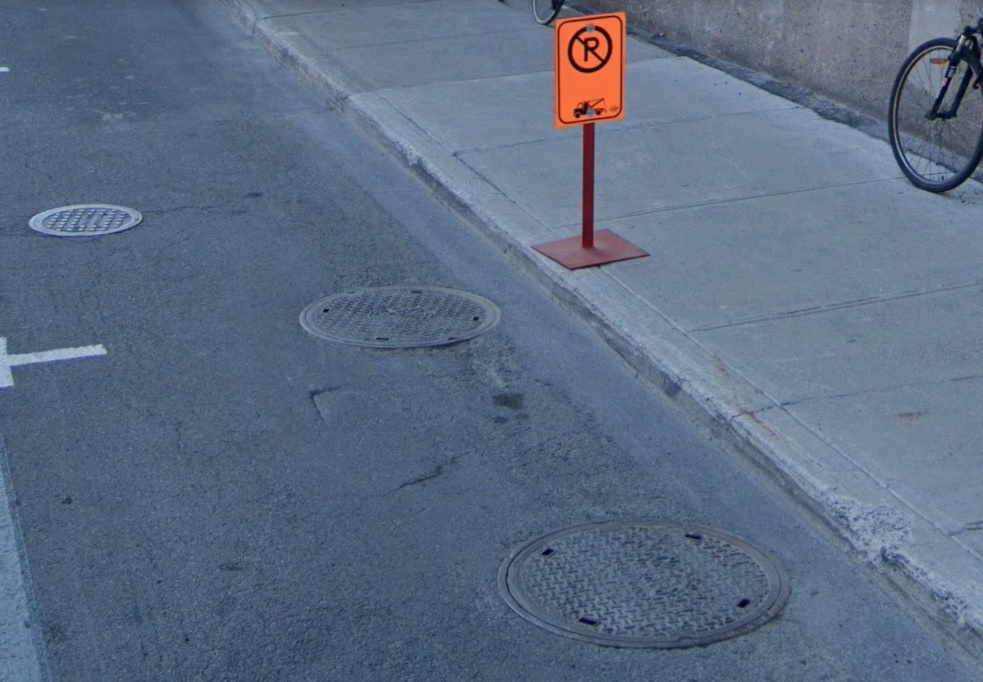
To date, there is no explanation as to what is causing the sickening stench. While some people suspect there is a corpse rotting in the sewer, others believe that the IRCM flushes biological waste leftover from its experiments into the sewer pipes.
To get to the bottom of the mysteries of Montreal’s sewer system, urban explorers have gone to great lengths to explore the hundreds of kilometers of pipes. Many of them have reported paranormal activity in the sewers such as strange noises and flashes of inexplicable light.

Andrew Emond, a Montreal sewer explorer and photographer, created the Under Montreal website to document his discoveries.
He joined Danielle Plamondon to explore the stony underground tunnels that contain the Little Saint-Pierre River in their documentary Lost Rivers.
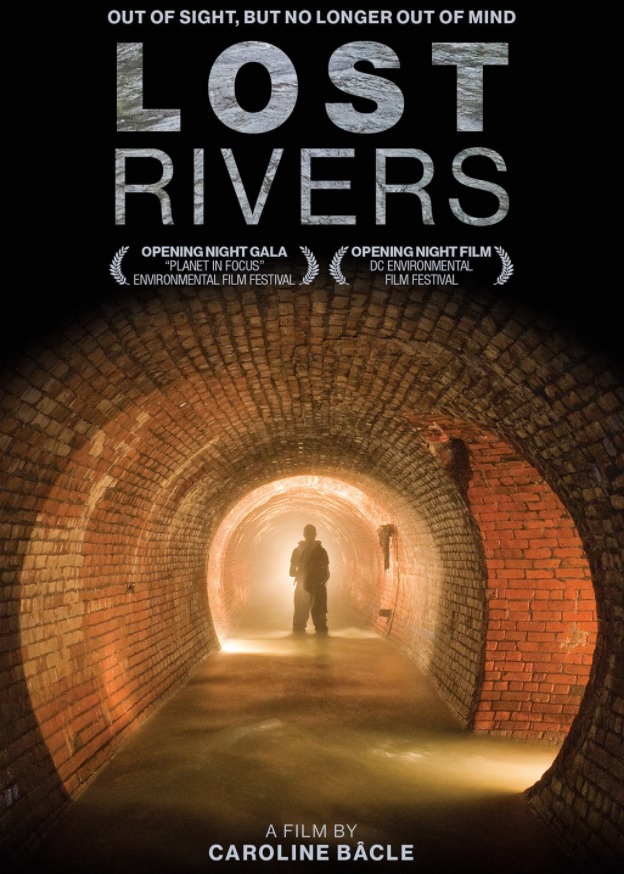
Montreal also has a weird tradition whereby large organizations make great efforts to set fake ghost stories in the city’s sewers. For example, during a 2017 Halloween Festival called La Trouble-fête, organizers invented a fictional ghost story set within the Craig Pumping Station at the foot of the Jacques Cartier Bridge.
In the tale, the monster living in the sewers below the station is described as having fiery eyes and being surrounded by a cloud of sulfurous smoke. It is re-awakened on May 17, during the city’s 375th anniversary, during the initial lighting of the Jacques Cartier Bridge.

In addition, a huge stage was designed in the image of the beast for the celebration in the Quartier des Spectacles. Its wings doubled as projection screens and its eyes shone beams of light.
Furthermore, in a promotional video hosted by paranormal investigator Christian Page, La Trouble-fête creators mixed real ghost stories with the fake legend of the ancient monster inhabiting the sewers, river and pumping station.
Haunted Montreal was disappointed that organizers chose a fake story as the focus of the celebrations when there are actually over 400 real ghost stories in Montreal. Mixing real ghost stories with fictional tales can blur ontological lines and cause confusion among paranormal enthusiasts.
More recently, for Halloween 2020, Pointe-à-Callière Museum created yet another fake ghost story, again set in the city’s sewers.
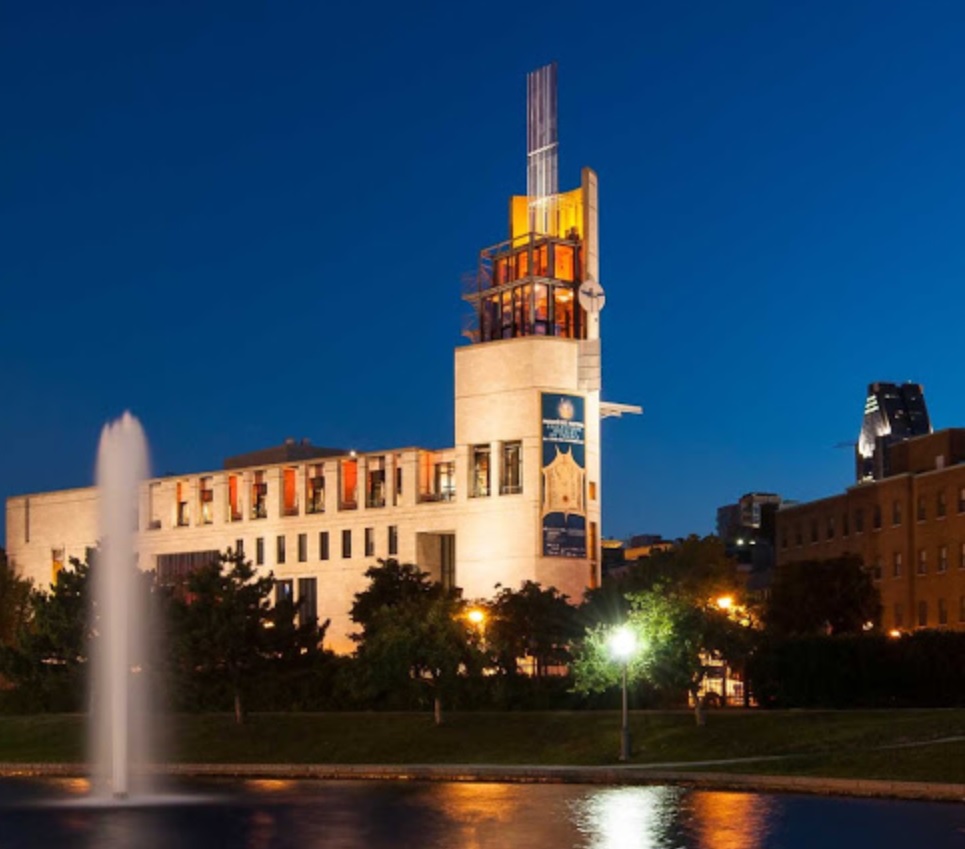
According to their website:
“An all-new Halloween activity filled with fantastic tales and legends! On Halloween night in 1856, a lamplighter works up the courage to venture out to the haunted McTavish mausoleum, on Mount Royal. McTavish’s ghost is rumoured to have been seen in Pointe-à-Callière’s pumping station! Who was Simon McTavish? Did he really make a deal with the devil in order to build his great mansion on Mount Royal? Does his spirit really roam through the sewer system beneath our feet? Will you be brave enough to discover McTavish’s legend?”
The online event was delivered by a storyteller at an old pumping station that was incorporated into the museum.
Another recent addition to the museum was the William Collector itself. Decommissioned as a sewer in 1989, archaeologists cleaned it up and the collector opened on May 17, 2017 as part of the museum. They called it the Memory Collector.
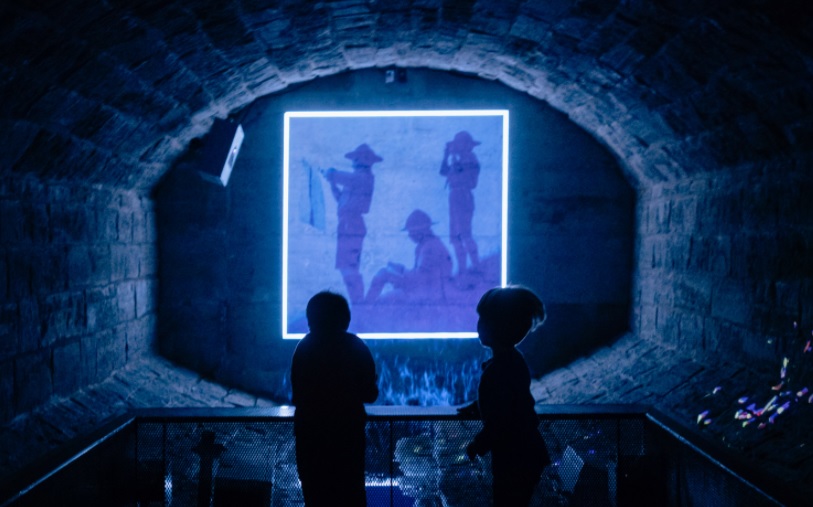
While not as impressive as the famous Paris Sewers Museum (Musée des Égouts), where clients descend into sewers that are still operational, the William Collector is still an interesting visitor experience.
The William Collector is perhaps the best symbol of the entire network of 5000 kilometers of sewers that snake below Montreal Island, not only because it was the first sewer, but also because it is haunted!
Enter at your own risk!
Company News
Haunted Montreal is thrilled to announce our new virtual haunted event:
Christmas Ghost Stories: A Victorian Era Tradition!
Prepare a glass of mulled wine or brandy, fire up your computer and go back in time to celebrate Christmas in the style of Montreal’s Victorian Era. Back then, the telling of ghost stories around the fireplace was one of the most popular traditions in the city!
Guests will be regaled with winter ghost stories from Montreal’s past and hear about the famous Winter Carnivals of the 1880s. Magnificent ice castles were built in Dominion Square – on top of the graves of tens of thousands of Cholera victims.
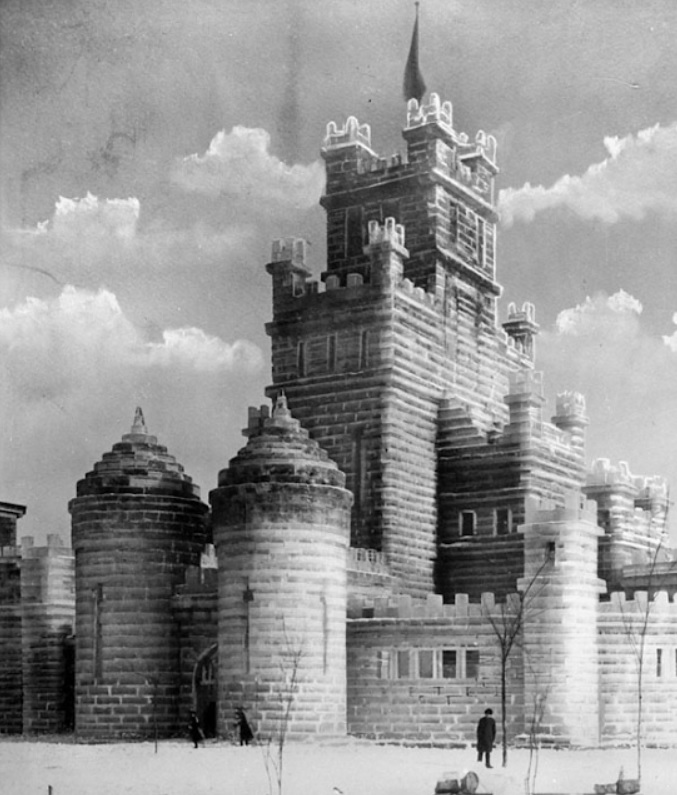
Learn the French Canadian legend of a rustic ghost house – and the miser who was trapped inside it for decades! Hear all about Montreal’s haunted sewer network and a tragic accident one Christmas Eve that led to one collector being plagued by the deranged ghost of a vagabond.
Discover the most popular ghost story from the 1800s about a wealthy fur baron who was frequently spotted tobogganing down Mount Royal in his own coffin after his untimely death. Lastly, learn about Montreal’s most haunted hotel – and the ghostly Lady in White who brings freezing temperatures with her wherever she wanders!
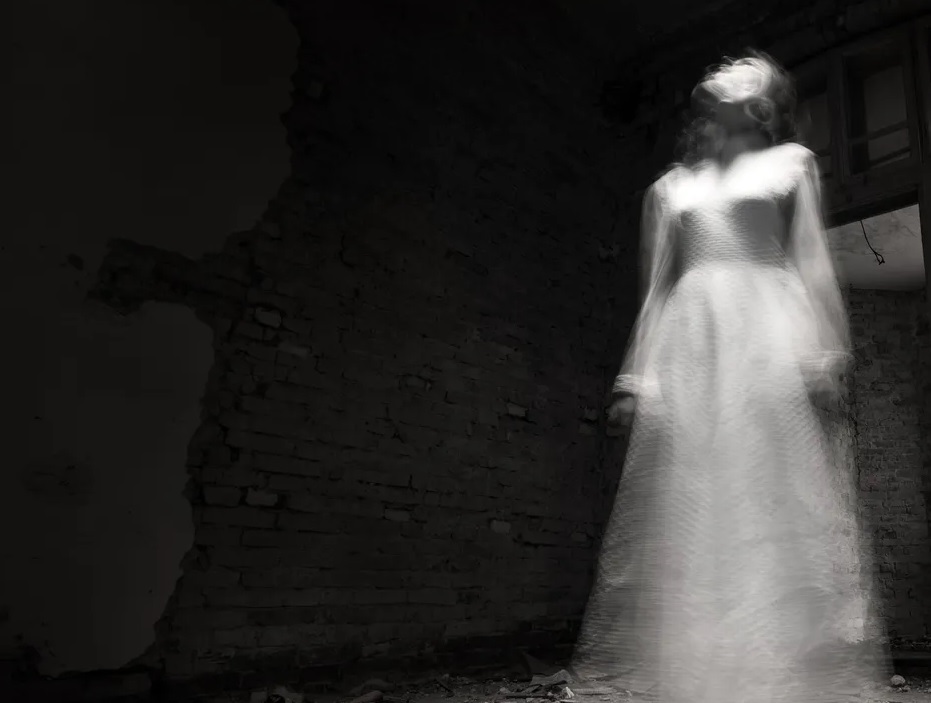
Christmas Ghost Stories: A Victorian Era Tradition is ideal for company Christmas parties, family gatherings and as Christmas gifts for those interested in Montreal’s deranged history and ghost stories!
Both public and private storytelling sessions are available in English and French.
Public storytelling sessions take place every Friday evening in December at 8 pm, including on Christmas Day. Additional sessions include December 27th and 30th.
Private sessions are based on the availability of our professional actors and can be arranged by emailing info@hauntedmontreal.com.
Tickets are on sale now!

Haunted Montreal would like to thank all of our clients who attended a ghost walk, haunted pub crawl or paranormal investigation during the 2019 – 2020 season!
If you enjoyed the experience, we encourage you to write a review on our Tripadvisor page, something that helps Haunted Montreal to market its tours.

Lastly, if you would like to receive the Haunted Montreal Blog on the 13th of every month, please sign up to our mailing list.
Coming up on January 13: Montreal’s Werewolf Legends
During the colonial era of New France, settlers on today’s Montreal Island were terrified of werewolves. Whenever sheep or other livestock were found bloodied and torn apart, stories circulated of nearby werewolves preying on them. While sometimes the stories were simply used to inspire fear in children to behave, the Catholic Church also embraced these stories and suggested sinners who avoided Easter Lent could be turned into werewolves. The werewolf mania reached a new height in 1764 when a sensational article was published in the Quebec Gazette.

Donovan King is a postcolonial historian, teacher, tour guide and professional actor. As the founder of Haunted Montreal, he combines his skills to create the best possible Montreal ghost stories, in both writing and theatrical performance. King holds a DEC (Professional Theatre Acting, John Abbott College), BFA (Drama-in-Education, Concordia), B.Ed (History and English Teaching, McGill), MFA (Theatre Studies, University of Calgary) and ACS (Montreal Tourist Guide, Institut de tourisme et d’hôtellerie du Québec). He is also a certified Montreal Destination Specialist


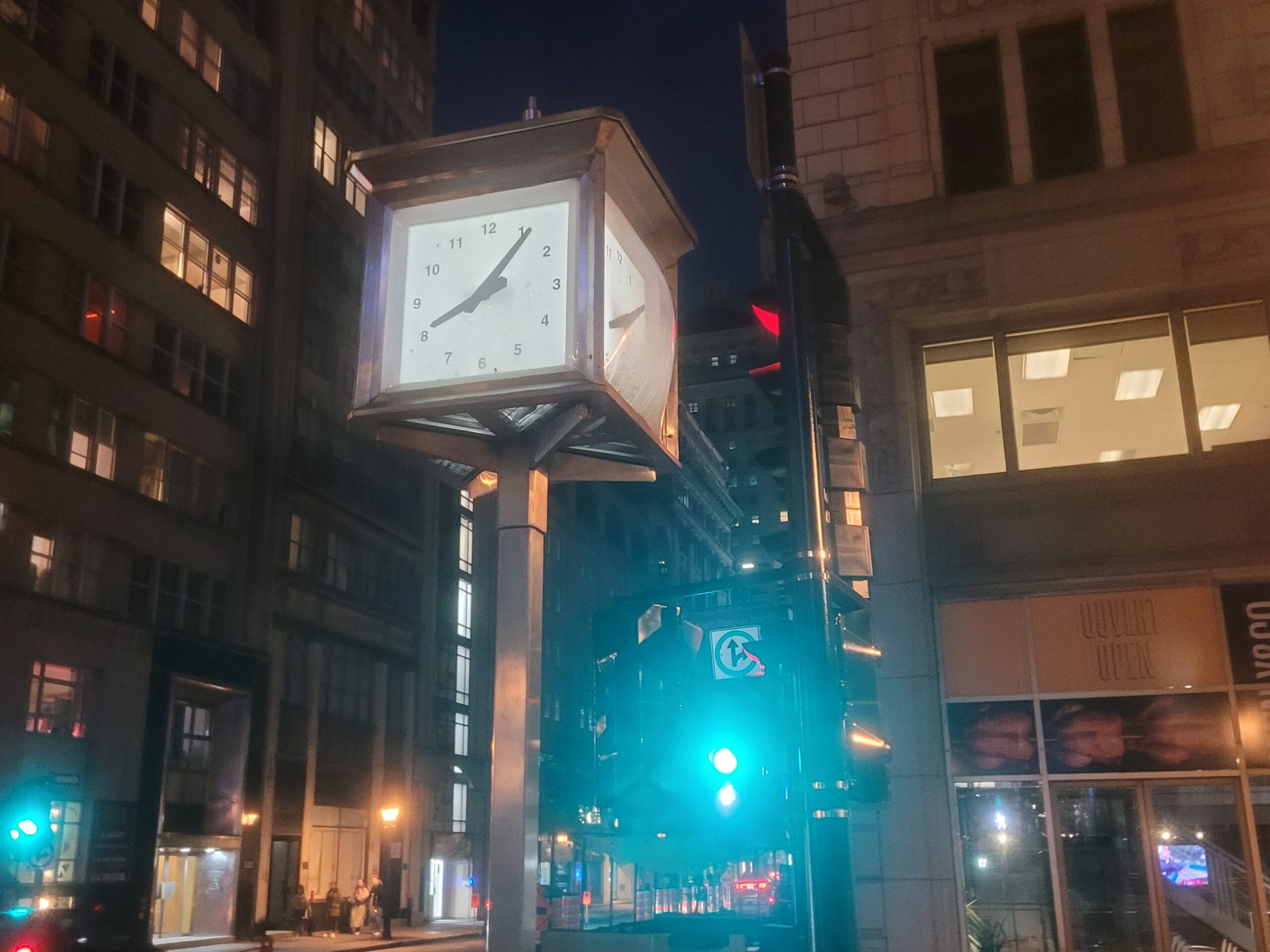


Comments (0)